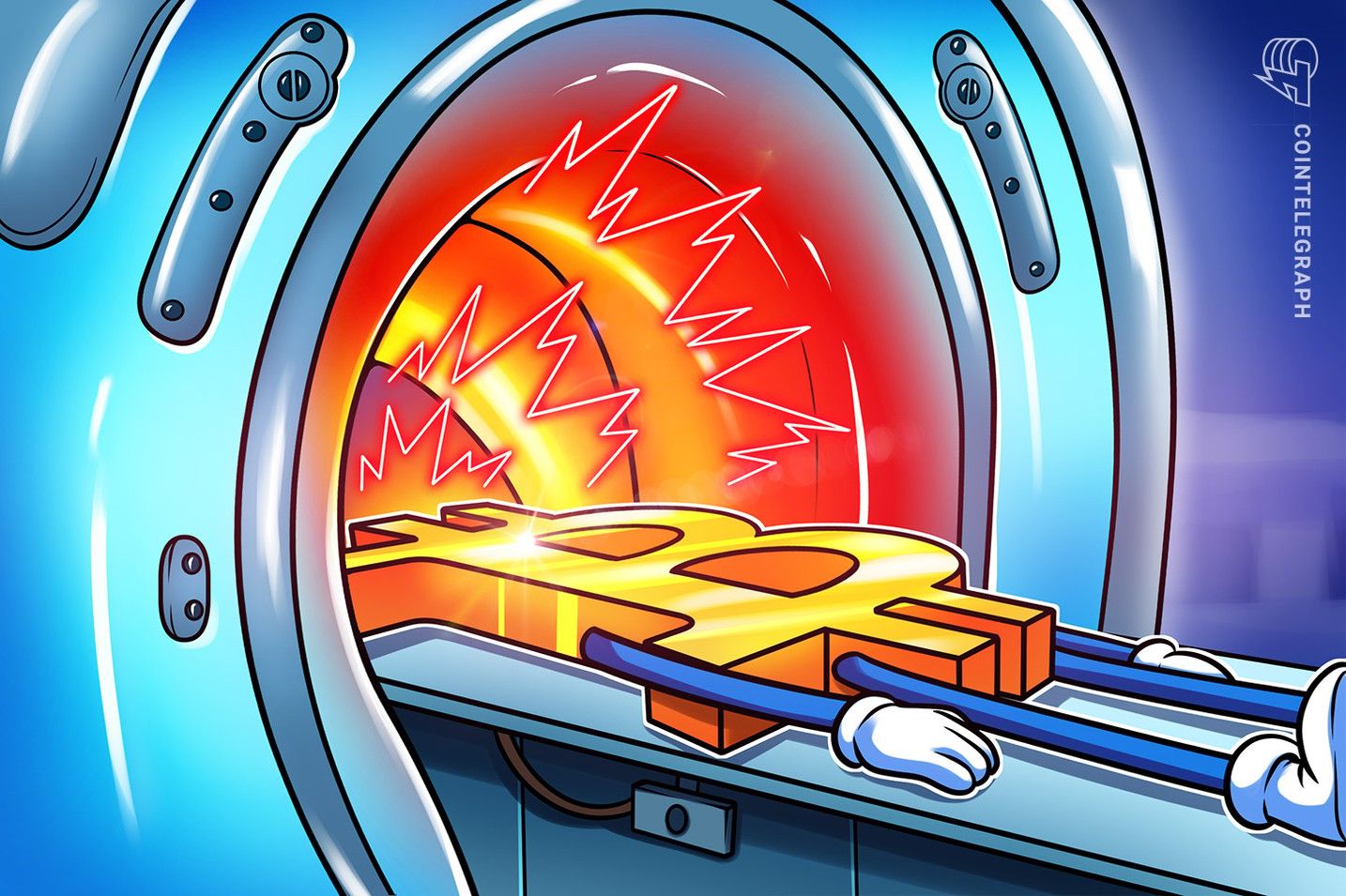Google Cloud builds blockchain for payments on private testnet
- Google Cloud develops its own blockchain focused on payments
- Platform promises to be neutral and aimed at financial institutions
- GCUL is on private testnet with smart contracts in Python
Google Cloud announced it is developing its own blockchain for the financial sector. The initiative has been named Google Cloud Universal Ledger (GCUL) and, according to the company, is already operational on a private test network.
Rich Widmann, Head of Web3 Strategy at Google Cloud, explained in publication that GCUL's proposal is to offer a "performance-rich and credibly neutral" infrastructure for financial institutions, enabling the execution of smart contracts programmed in Python. The executive emphasized that the goal is to create an infrastructure layer accessible to a variety of companies.
"Tether won't use Circle's blockchain—and Adyen probably won't use Stripe's blockchain. But any financial institution can build on GCUL."
highlighted Widmann.
According to official description , GCUL will operate as a dedicated service for the financial market, accessible through a single API. The solution is designed to automate payments and facilitate the management of digital assets, always with a focus on regulatory compliance. The network, however, is private and permissioned, which has raised questions in the crypto community about the use of the term "blockchain" to describe a platform that doesn't fully align with the principles of decentralization.
Despite this, Widmann classified GCUL as a Layer 1 network, reinforcing the idea that Google Cloud intends to position its solution as a foundation for digital financial applications. The company also stated that no further details regarding integrations or a public availability timeline have been revealed yet.
Google Cloud had already presented the project in March, in partnership with CME Group, exploring GCUL's applications in wholesale payments and asset tokenization. This move reinforces the company's interest in consolidating its presence in the financial sector, offering an enterprise blockchain alternative with the promise of neutrality and performance for large institutions.
Disclaimer: The content of this article solely reflects the author's opinion and does not represent the platform in any capacity. This article is not intended to serve as a reference for making investment decisions.
You may also like
Price predictions 12/10: BTC, ETH, XRP, BNB, SOL, DOGE, ADA, BCH, LINK, HYPE

Ether vs. Bitcoin: ETH price poised for 80% rally in 2026

Prediction markets bet Bitcoin won’t reach $100K before year’s end

Bitcoin rallies fail at $94K despite Fed policy shift: Here’s why

